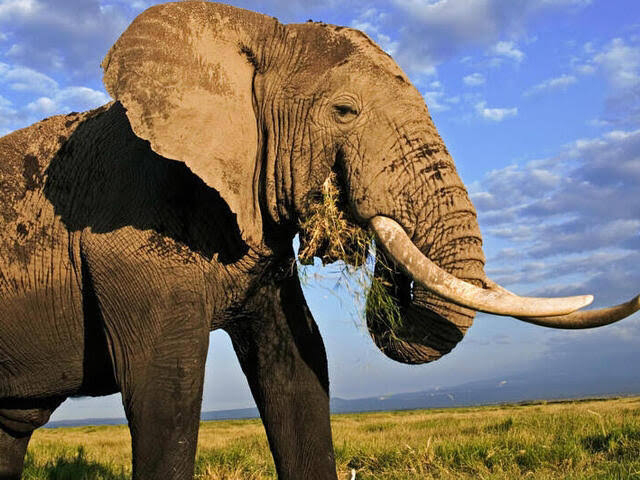By JOHN MUSEMBI
In this second last week of the year 2025, the Kenya Meteorological Department weekly weather forecast for Kitui County points to likelihood of occassional rains over a few places.
Kitui County Director of Meteorological Services Dr Daniel Mbithi addressing the media during a past interview. |MWINGI TIMES
However, mornings are likely to be cloudy. There will be sunny intervals later in the day, according to the Weekly forecast for Kitui County obtained by MWINGI TIMES.
"Afternoon showers and thunderstorms are expected over a few places, occassionally spreading to several places. Night showers are likely to occur over a few places", said Dr Daniel Mbithi, the County Director of Meteorological Services.
Additionally, most parts of Kitui County will experience strong south to south easterly winds. The weatherman said the winds will blow at a speed not exceeding 25 knots or 12.86 m/s.
The maximum temperature for this week will oscillate between 24°C and 35°C while the minimum temperature range will be felt anywhere between 16°C and 23°C.

































 MWINGI TIMES for timely and authoritative news.
MWINGI TIMES for timely and authoritative news.